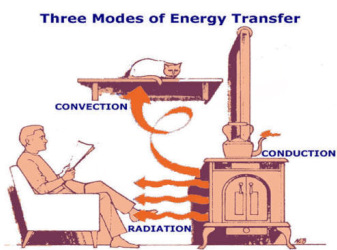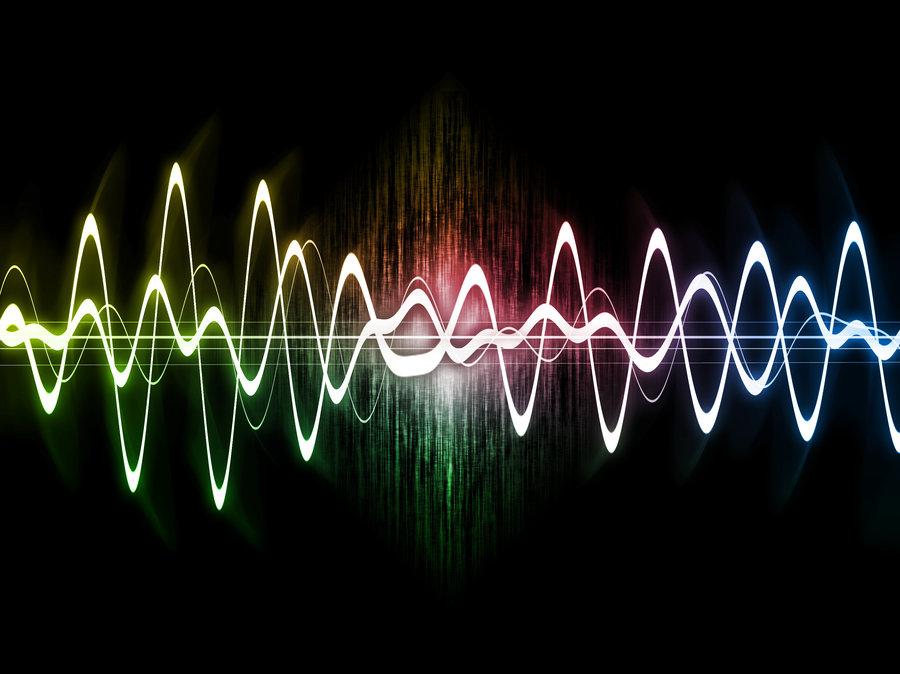Heat, Light & Sound
Heat
|
Light |
Sound |
Vocabulary
conduction: the process by which heat is directly transmitted through a substance conductor: a material or device that conducts or transmits heat, electricity, or sound, esp. when regarded in terms of its capacity to do this. convection: Heat transfer in a gas or liquid by the circulation of currents from one region to another. insulator: a substance that does not readily allow the passage of heat or sound. radiation: the emission of energy as electromagnetic waves or as moving subatomic particles thermal energy: Thermal energy is generated and measured by heat of any kind. It is caused by the increased activity or velocity of molecules in a substance, which in turn causes temperature to rise accordingly. thermal expansion: Thermal expansion is the tendency of matter to change in volume in response to a change in temperature. thermometer: an instrument for measuring and indicating temperature Light: absorb: take in or soak up (energy, or a liquid or other substance) angle of incidence: the angle that an incident line or ray makes perpendicular to the surface at the point of incidence. angle of reflection: the angle made by a reflected ray with a perpendicular to the reflecting surface concave: having an outline or surface that curves inward like the interior of a circle or sphere. convex: having an outline or surface curved like the exterior of a circle or sphere. light: the natural agent that stimulates sight and makes things visible. light spectrum: The electromagnetic spectrum is the range of all possible frequencies of electromagnetic radiation. light waves: visible light is electromagnetic radiation that is visible to the human eye, and is responsible for the sense of sight opaque: not able to be seen through; not transparent. prism: a solid geometric figure whose two end faces are similar, equal, and parallel rectilinear figures, and whose sides are parallelograms. reflection: the throwing back by a body or surface of light, heat, or sound without absorbing it. refraction: the fact or phenomenon of light, radio waves, etc., being deflected in passing obliquely through the interface between one medium and another roy g biv: Roy G. Biv is an acronym for the sequence of hues commonly described as making up a rainbow: Red, Orange, Yellow, Green, Blue, Indigo and Violet. translucent: a substance that allows light, but not detailed images, to pass through; semitransparent. transmitted: to pass from one place to another transparent: (of a material or article) allowing light to pass through so that objects behind can be distinctly seen. Sound: amplitude (volume): the maximum extent of a vibration or oscillation, measured from the position of equilibrium. frequency (pitch): the rate at which a vibration occurs that constitutes a wave, either in a material (as in sound waves), or in an electromagnetic field (as in radio waves and light) sound wave: a wave of compression and rarefaction, by which sound is propagated in an elastic medium such as air. speed of sound: The speed of sound is the distance traveled during a unit of time In dry air at 20 °C, the speed of sound is 343.2 meters per second. wavelengths: the distance between successive crests of a wave, esp. points in a sound wave or electromagnetic wave. Heat, Light, & Sound Infographic AssignmentFor this project we will be creating an inforgraphic about Heat, Light, & Sound using the program piktochart. We will then add it to our websites and use it as a study guide for the final test. Log in using your school gmail account.
Piktochart.com Rubric for Heat, Light, & Sound Infographic assignment.
This project is a chance to use your own creativity to create a study guide that is beneficial to you. The goal is to understand in depth what heat, light, and sound are. Words, pictures, symbols, videos are all acceptable. I would like to see each of the vocabulary found above with a definition that you understand or a picture that helps you understand it. |
Colorblind TestsEnchroma - http://enchroma.com/test/instructions/
Hue Test - http://www.colormunki.com/game/huetest_kiosk How do We See?Heat VideosLight VideosSound Videos |



